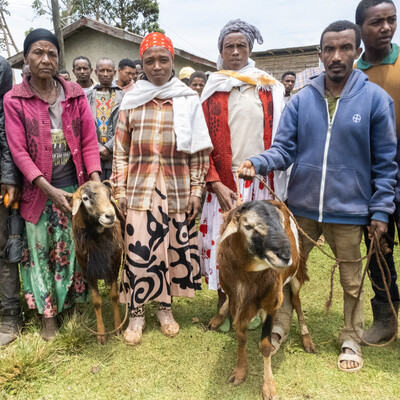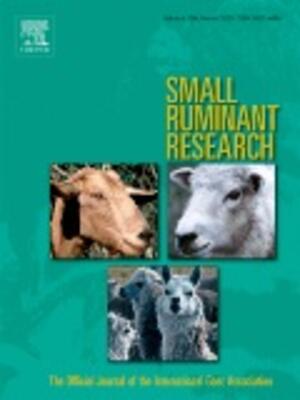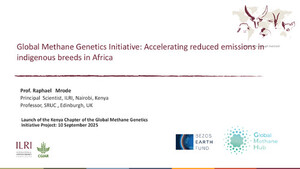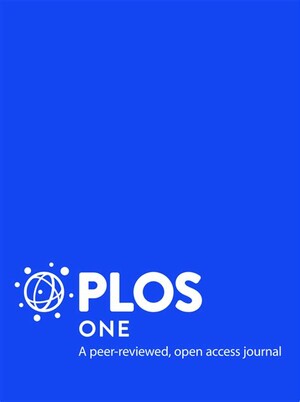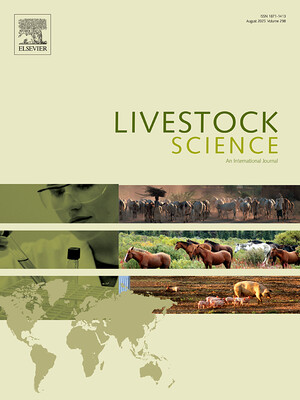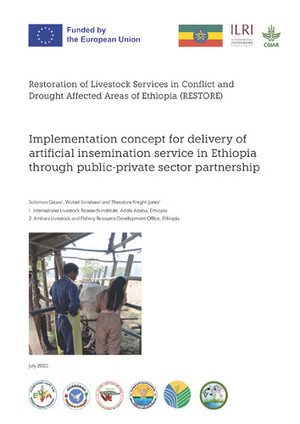
Evaluation of ecological and economic sustainability of breeding strategies in pastoral systems: The case of Ankole cattle
In the formerly extensive and traditionally grazed and managed rangelands of Eastern Africa, especially in South Western Uganda, Western Rwanda and North Western Tanzania, there is an emerging production system where cattle breeders keep two separate herds, a pure bred Ankole herd and a herd of Ankole crossbred (in most cases) with Holstein Friesian. The purebred Ankole herd helps in reducing vulnerability to shocks, during periods of serious drought and times with high disease pressure as well as meeting such traditional non market functions as dowry payments. They are a source of income from live animal sales, while the Friesians (and crosses) are a source of milk, where production systems can support such genotypes. Crosses provide more marketable milk under good climatic conditions and low disease pressure. The stability and sustainability of such a sophisticated system depends on a large number of factors such as herd size, herd management, incidences and severity of droughts, social pressure of a community etc. Interactions between the pastoral systems and other more intensive crop-livestock systems, where crossbreds would be used for milk production are also important. More reliable information on the possible options and appropriate supportive institutional frameworks are therefore needed to design and support a sustainable production.
Objectives/Goals
The project aims to
- Identify constraints and decision criteria for a combined Ankole, Ankole-Friesian crossbreeding using systems modelling
- To make comparative studies of the various production systems, where purebred indigenous Ankole cattle and exotic Holstein-Friesian cattle and their crosses are evaluated in terms of productivity and systems’ sustainability, in Uganda’s pastoral areas.
Project location
Uganda, Rwanda, Burundi, Tanzania
Expected outputs
- Constraints to the emerging production systems fully identified and their solutions elaborated
- Sustainable production system options evaluated and recommended for use by the livestock farmers
- Appropriate breeding strategies developed and recommended






